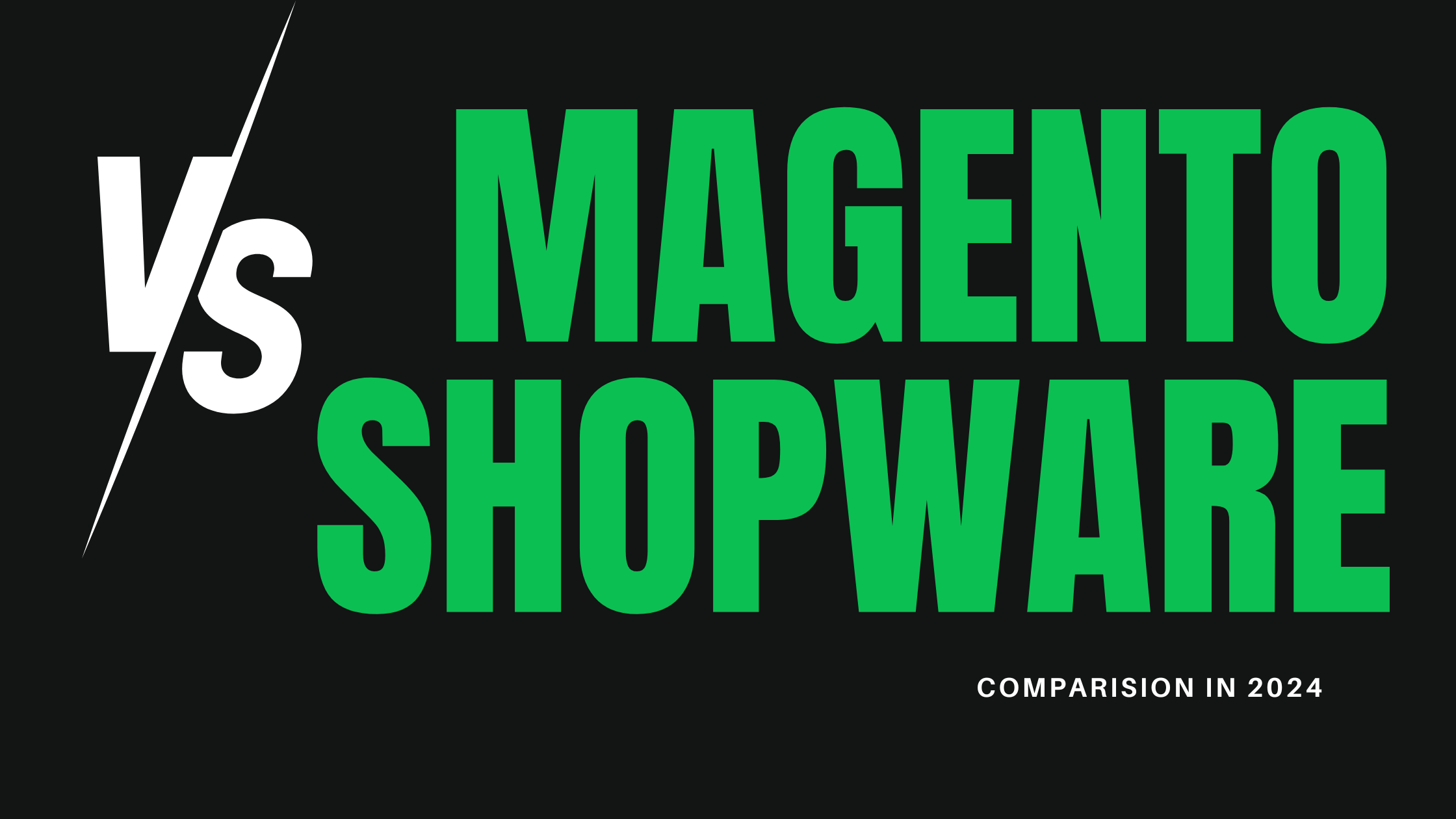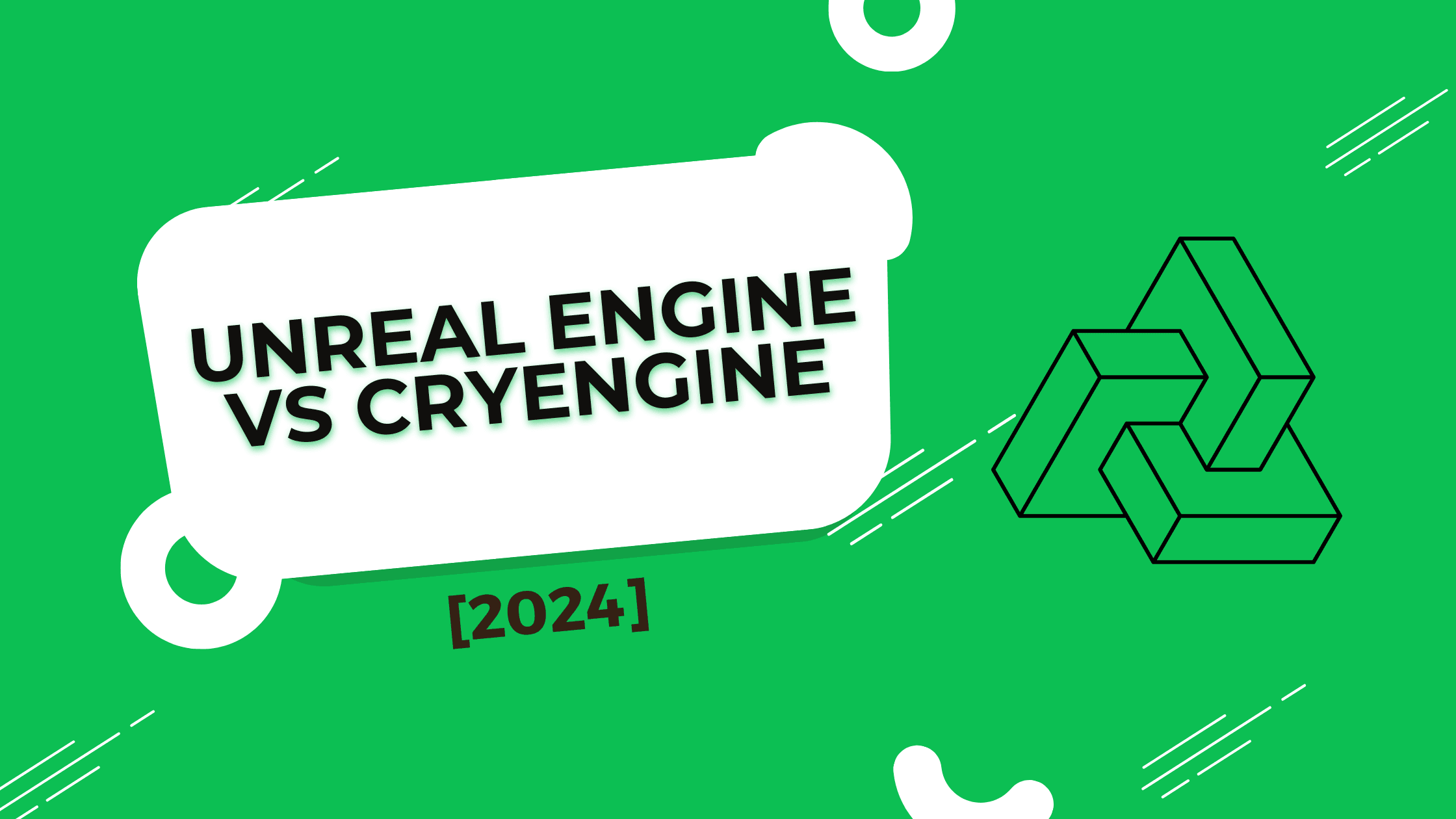Quality Assurance (QA) Meaning: A Comprehensive Guide
Quality Assurance (QA) is a fundamental concept in modern business and product development. But what does quality assurance really mean, and how does it impact organizations? This comprehensive guide will explore the meaning of quality assurance, its importance, and how it differs from related concepts like quality control.
What is Quality Assurance (QA)?
Quality assurance is any systematic process of determining whether a product or service meets specified requirements. It’s a proactive approach focused on preventing defects and ensuring that quality standards are consistently met throughout the development or production process.
While this definition provides a good starting point, to truly understand the meaning of quality assurance, we need to delve deeper into its components, objectives, and implementation.
Key Aspects of Quality Assurance
- Preventive Approach: QA focuses on preventing quality issues before they occur.
- Process-Oriented: It emphasizes improving and stabilizing production and associated processes.
- Continuous Improvement: QA involves ongoing efforts to enhance quality over time.
- Customer-Focused: The ultimate goal is to meet or exceed customer expectations.
For a more detailed exploration of quality assurance and its role in software development, check out our comprehensive guide on Quality Assurance.
Quality Assurance vs. Quality Control: Understanding the Difference
Quality assurance and quality control are often used interchangeably, but they represent different aspects of quality management.
Quality Assurance (QA) is process-oriented and focuses on preventing defects, while Quality Control (QC) is product-oriented and focuses on identifying defects. In essence, QA works to make sure you’re doing the right things, the right way, while QC checks the results to verify that you’ve done things right.
For a more in-depth comparison of these two concepts, read our article on Quality Assurance vs. Quality Control.
The Importance of Quality Assurance
Implementing effective quality assurance practices is crucial for several reasons:
- Customer Satisfaction: QA helps ensure that products or services meet customer expectations.
- Cost Reduction: By preventing defects, QA can significantly reduce the costs associated with rework and warranties.
- Brand Reputation: Consistent quality helps build and maintain a positive brand image.
- Compliance: QA practices often align with industry standards and regulations.
- Continuous Improvement: QA processes encourage ongoing enhancement of products, services, and processes.
Quality Assurance in Different Industries
While the core principles of quality assurance remain consistent, its application can vary across different sectors:
Software Quality Assurance
In software development, QA involves processes to ensure that developed software meets and complies with defined quality specifications. This often includes code reviews, automated testing, and user acceptance testing.
Manufacturing Quality Assurance
In manufacturing, QA might involve statistical process control, regular equipment maintenance, and stringent supplier quality management.
Service Industry Quality Assurance
For service-based businesses, QA often focuses on standardizing service delivery, training staff, and gathering customer feedback.

Key Components of a Quality Assurance System
An effective quality assurance system typically includes:
- Quality Planning: Defining quality objectives and necessary operational processes.
- Quality Control: The operational techniques and activities used to fulfill quality requirements.
- Quality Assurance: The planned and systematic activities implemented in a quality system.
- Quality Improvement: The ongoing effort to enhance products, services, or processes.
Quality Assurance Methods and Tools
Various methods and tools are used in quality assurance, including:
- Statistical Process Control (SPC): A method of quality control which employs statistical methods to monitor and control a process.
- Failure Mode and Effects Analysis (FMEA): A step-by-step approach for identifying all possible failures in a design, a manufacturing or assembly process, or a product or service.
- Six Sigma: A set of techniques and tools for process improvement.
- ISO 9000: A set of standards for quality management systems maintained by ISO.
- Total Quality Management (TQM): A management approach to long-term success through customer satisfaction.
The Role of Quality Assurance Engineers
Quality assurance engineers play a crucial role in implementing and maintaining QA processes. Their responsibilities typically include:
- Developing and implementing quality assurance policies and procedures
- Conducting audits and reviews of quality systems
- Analyzing quality data and preparing reports
- Training staff on quality assurance practices
- Collaborating with other departments to resolve quality-related issues
Quality Assurance Standards and Certifications
Several internationally recognized standards and certifications relate to quality assurance:
- ISO 9001: Part of the ISO 9000 family of quality management systems standards.
- CMMI (Capability Maturity Model Integration): A process level improvement training and appraisal program.
- Six Sigma Certification: Various levels (belts) certifying proficiency in Six Sigma methodologies.
- ASQ Certifications: The American Society for Quality offers various quality-related certifications.
Implementing a Quality Assurance Program
Implementing an effective quality assurance program involves several steps:
- Define Quality Standards: Clearly articulate what quality means for your product or service.
- Develop QA Processes: Create processes that will ensure these quality standards are met.
- Train Staff: Ensure all employees understand their role in maintaining quality.
- Implement QA Tools: Use appropriate tools and technologies to support your QA efforts.
- Monitor and Measure: Regularly assess the effectiveness of your QA program.
- Continuous Improvement: Use the data gathered to continually refine and improve your processes.
Challenges in Quality Assurance
While quality assurance offers numerous benefits, it’s not without its challenges:
- Resistance to Change: Implementing new QA processes can meet resistance from employees.
- Resource Intensive: Effective QA often requires significant time and financial investment.
- Balancing Quality and Efficiency: There’s often a tension between maintaining high quality and meeting production targets.
- Keeping Up with Changes: As technologies and customer expectations evolve, QA processes must adapt.
The Future of Quality Assurance
As we look to the future, several trends are shaping the evolution of quality assurance:
- AI and Machine Learning: These technologies are being increasingly used to predict quality issues and automate QA processes.
- IoT in Quality Assurance: The Internet of Things is enabling real-time quality monitoring in many industries.
- Emphasis on User Experience: Quality is increasingly being defined not just by the absence of defects, but by the overall user experience.
- Agile QA: Quality assurance practices are adapting to fit with agile development methodologies.
- Shift-Left Testing: There’s a growing trend to incorporate testing earlier in the development process.
Conclusion: The Vital Role of Quality Assurance
Quality assurance is not just a set of processes or tools; it’s a mindset that prioritizes quality at every stage of product development or service delivery. By focusing on prevention rather than detection, QA helps organizations create products and services that consistently meet or exceed customer expectations.
Whether you’re a software developer, a manufacturer, or a service provider, implementing robust quality assurance practices can lead to improved customer satisfaction, reduced costs, and a stronger competitive position in the market.
Remember, quality is not an act, it’s a habit. By embedding quality assurance into the very fabric of your organization, you can create a culture of excellence that drives continuous improvement and long-term success.
As the business landscape continues to evolve, the importance of quality assurance will only grow. Those organizations that make QA a priority will be well-positioned to thrive in an increasingly competitive and quality-conscious world.












